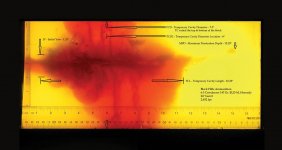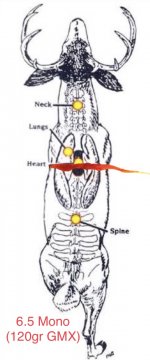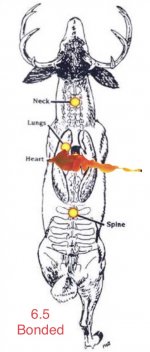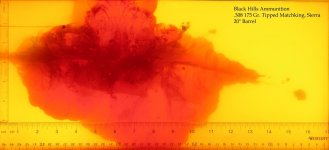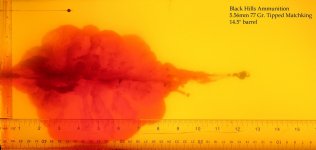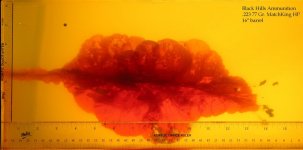Formidilosus
Super Moderator
- Joined
- Oct 22, 2014
- Messages
- 8,240
My belief has always been that wind would cause more misses than any other factor, but I don't have the experience to state that definitively. Just too many variables with the wind. Learning to read it, especially over mixed terrain, would take a crapton of experience.
Wind is by far the biggest error that can’t be computed with hard data. However, they’re are techniques and equipment that make it way easier than how most do it
Maybe it missed it but why does higher bc lead to more hits? Less wind drift? Less bullet drop at long range?
We miss do to the biggest error. In any given shot there are going to be a lot of errors- range errors, MV variation, environmental data errors, angel, etc. But the biggest one for people that have a solid system is wind. The higher BC bullet drifts less in the wind, and therefore whatever error we make in our wind call, shows up as less error on the target.

